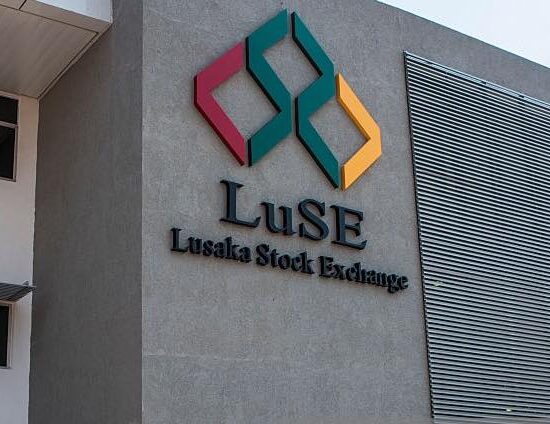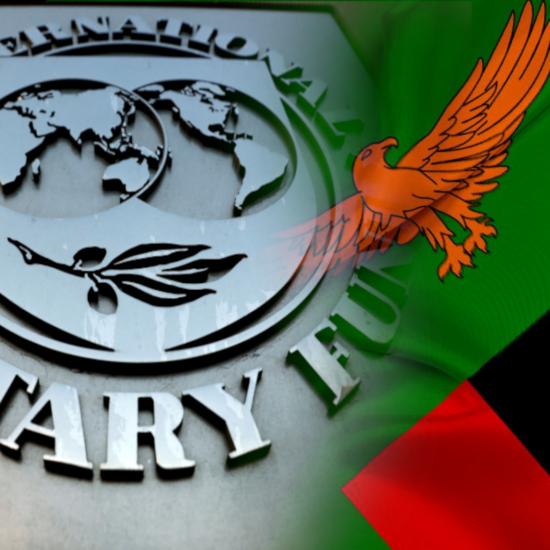
This is the Zambian Business Times – ZBT commentary on the announced 2023 macro economic objectives. Note that this commentary is not an appraisal of the performance of the current economic management team, but meant to challenge the team and the country at large to aim for more, to be more ambitious and not settle for less.
Objective 1
Attain a real GDP growth rate of at least 4%;
ZBT comment – We are of the view that the Finance Minister Dr. Situmbeko Musokotwane could have been more ambitious on this score. In this very budget, he stated that the 2021 GDP growth rate was almost 5% (4.6% to be exact). It is understood that projections of 3% GDP growth rate for 2022 point to failing to meet the 3.5% set for 2022, it should instead call for a refocus of funding and to a more aggressive drive for growth.
If you take into consideration the fact that 2021 was an election year and had some months of economic standstill after the change of government, why should Zambia aim to grow its GDP by below 5%, Zambia should actually as a minimum shoot for not less than 7% as this is the minimum annual growth rate that can enable Zambia’s GDP to double every 10 years when we use the rule of 70.
Moreover, Zambia’s official population growth rate is about 2.3%, coupled with inflation of about 10% and some unaccounted for immigration from our regional neighbours, a GDP growth rate of 4% in simply too low and a mark of lack of ambition. We understand that there is an overhanging debt challenge, but Zambia’s economic base is too low to aim for 4%. There are some economic sectors which have some “low hanging fruit” that can be exploited to deliver 7% and above GDP growth rates.
Objective 2
Reduce inflation to within the target band of 6 to 8% by the end of the year;
ZBT comment – This target band of 6 to 8% is within reach for the current year 2022. With the September inflation rate of 9.9%, we can safely assume that this target band is attainable by the end of current fiscal year as we have the last quarter of 2022 remaining to tie up any loose ends to firmly close the year within this 6 to 8% target band.
It should be noted that most developed economies (OECD countries) target their inflation range to 2 to 3%, unless we are settling for less or lacking in ambition, we should likewise continue to aim higher to a range now of 4 to 6%. Experienced and top economic management hands will tell you that most of Zambia’s inflation stems from the perpetual depreciation of the Kwacha, imported inflation to be more specific.
We therefore challenge the the Minister of Finance and his economic management team not to settle for less but drive to attain a much lower inflation target band of say 4 to 6%. This will also help the team think of ways or policies to implement to acquire some comfortable level of control of forex inflows and outflows, which is key to stabilizing imported inflation in the medium to long term.
Objective 3
Maintain international reserves above 3 months of import cover;
ZBT comment – Here again, we are of a considered view that the Central Bank – BOZ continues to let the country down and we can see that they have managed to convince even the new minister of Finance Dr. Situmbeko Musokotwane to not push for more in terms of building a serious economic war chest of gold reserves. Zambia is now a gold producer with tangible gold mines dotted in at least three (3) out of the ten (10) provinces of Zambia.
Zambia should therefore aim to exploit these gold reserves and can even build an equivalent of its current 3 months worth of forex reserves in gold, thereby doubling the value of total combined forex and gold reserves held. Moreover, the local gold reserves can be acquired in Kwacha but its value booked in US dollar. This 2023 budget was silent on exploiting the route of gold reserves which essentially means, another missed opportunity for the country if not corrected.
We challenge the Minister of Finance to check with most credible economies that have capability to defend their currencies against global depreciation headwinds on how much gold reserves they hold. How much gold does Zambia for instance have at Kasenseli mine of Mwinilunga which is currently closed with no urgency attached to re-opening it? Why can’t we get the Central bank to build up an alternative national gold reserve in billions of dollars which will be under our collective national control as opposed to begging for Foreign Direct Investments – FDI which is largely beyond our collective national control?
Objective 4
Mobilize domestic revenue to at least 20.9% of GDP;
ZBT comment – Unlike most of the excuses proffered for Zambia’s biggest economic challenges, we are of the considered view that low government revenue levels should rank the highest. Mobilization of more and more revenue by the treasury would enable the nation fund its infrastructure gap and contract more sustainable debt to fund its massive infrastructure and industrial productivity needs.
Domestic revenue target of 21% (20.9% as per budget speech) is within range of the best taxation to GDP rates for a developing country like ours. The only misgiving we have about this target is that Zambia’s GDP has not been rebased in a long time now. This is why you will hear even by end of the first quarter of 2023 that the Zambia Revenue Authority – ZRA has already beat its target for first half year of 2023, yet market liquidity will be telling us a different story as the case is even today.
Simply put, Zambia’s economy needs to be rebased regularly. Some experts even recommend rebasing every five years for a developing country like ours. The current base being used is out of date, it was done before Zambia’s largest mining company FQM opened its two North-Western Province based mines which are currently the largest Copper producers in Zambia. We therefore call for the setting of the ZRA target for revenue to be based on a rebased GDP that will ensure real tax efficiency.
Objective 5
Achieve a fiscal deficit of not more than 7.7% of GDP;
ZBT comment – As above, this parameter depends on having a more accurate GDP measure for it to have an impact on the economy. The last time government budgeted to conduct a GDP rebasing exercise ended up being postponed. Let’s have the GDP rebased and then all these 7.7% of GDP macro economic targets will be given the realistic life.
Suffice to say, in the current year 2022, Dr. Musokotwane targets to reduce the fiscal deficit to no more than 6.7 percent of GDP – will this be achieved?. Is this an admission that even the current year target will not be attained as he has increased the target by 1% for 2023 to 7.7%? Where the framers of data collection questionnaires strategic enough such that the statistics obtained in the just ended census could be adequate for a rebasing to be undertaken? It remains to be seen.
Objective 6
Limit domestic borrowing to not more than 3% of GDP;
ZBT Comment – Other than calling for a rebased and more accurate GDP number to give realistic life to the limiting to 3% for domestic borrowing, the main thrust of limiting domestic borrowing is to avoid what is referred to as “crowding out effect” where banks and the biggest lenders on the local market end up lending to government at the expense of the private sector – crowding out the private sector, and especially the small and medium enterprises – SME which make up the majority of the economy.
However, instead of just relying on this high level policy of limiting public borrowing, government has other policy alternatives which could even be more potent in making funding accessible to SMEs. Prescribing minimum thresholds for lenders to the SME sector is one sure way of doing this. If for instance the current industry lending say by banks to the local SME is at 5% of the total lending portfolio, Government through the Bank of Zambia could put in place market agreed policies to move this rate to say 10% of the industry lending book.
A policy that delivers the above lending book structure across the banking industry would double the level of credit available or channelled to the SME sector. Otherwise, even if government reduces its domestic borrowing to GDP ratio to 1%, chances are that the biggest lenders in Zambia who are mostly multinational banks – despite raising deposits from local Zambian’s would simply avail more loans to other multinational companies or place more funds in offshore investments. This high level policy objective of borrowing to GDP ratio needs to be supported by a much more pointed industry policy for it to have some real efficacy.
In conclusion, Zambia is relatively a young country (57 years of independence) with a relatively small economic base to grow from and a relatively small population (compared to the size of the country) estimated at about 18 million. We need more ambition, more audacious policy and macro economic objectives to be able to deliver jobs and leverage the demographic dividend of our time.







